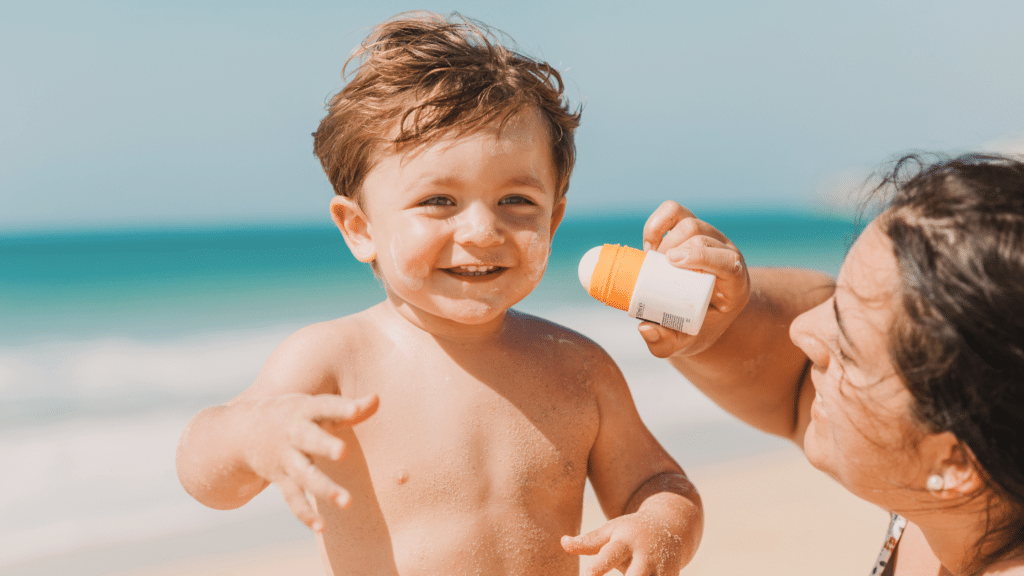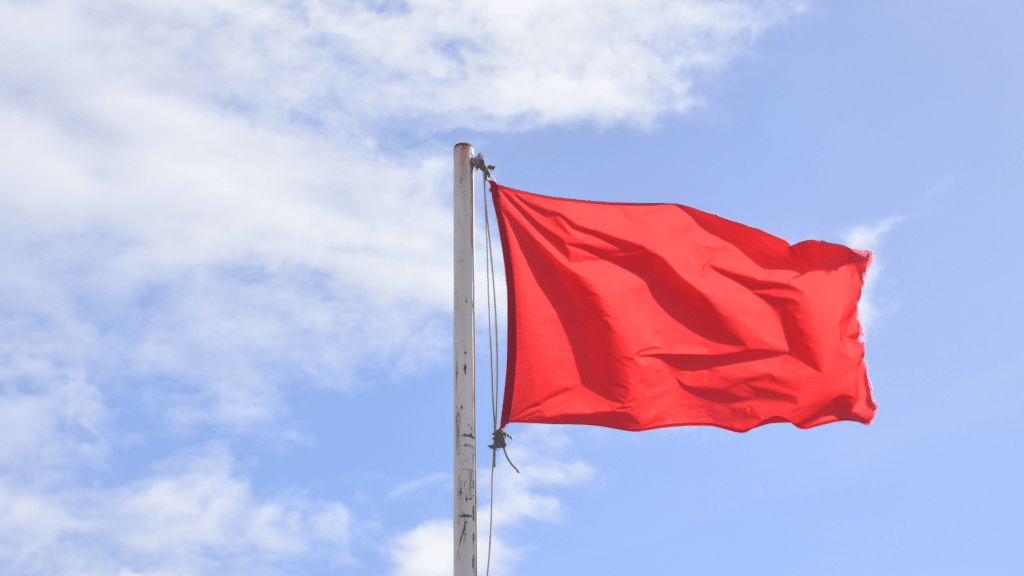A trip to the beach should be all about sun, sand, and fun! To ensure your beach trip stays enjoyable and safe, it’s important to keep a few key beach safety tips in mind. Here’s everything you need to know before your next seaside escape.
1. Sun Protection
One of the most crucial aspects of beach safety for kids and adults alike is sun protection. It can be easy to forget about harmful UV rays while you are having fun in the sun. To avoid sunburn, make sure you are wearing plenty of sunscreen.
Use a broad-spectrum sunscreen with at least SPF 30. It’s recommended to reapply sunscreen every two hours, especially after swimming. You can also take breaks under an umbrella or a beach tent to avoid excessive sun exposure.

2. Stay Hydrated
Drink plenty of water throughout the day to prevent dehydration. This is particularly important in hot weather. Pro tip: freeze a couple of water bottles the night before, and they will stay cold throughout the day as they melt!
3. Swim Safely
Swimming in the ocean can be the highlight of a beach vacation. However, it’s important to be mindful of potential hazards.
You should only swim when lifeguards are on duty. Beaches in New Jersey typically have lifeguards present from Memorial Day through September. Lifeguards are trained to spot dangers and can assist in an emergency.
When swimming in the ocean, you should also always obey posted signs and flags. Beach safety flags provide critical information about water conditions (more on this below!).
Don’t swim alone – make sure a friend or family member knows where you are. Even if someone doesn’t join you for a swim, make sure a friend or family member knows that you have entered the water. This will allow them to alert the lifeguards if you are delayed in returning to your group.
Know your limits. While it can be tempting to swim out into the waves, ocean currents can be strong, and fatigue can set in quickly.
4. Understand Beach Safety Flags

Many beaches in NJ use a beach safety flag system to inform visitors of current conditions.
A green flag means that conditions are safe for swimming, so you can feel free to take a dip!
A yellow flag means that there is a moderate hazard, so you should use caution when entering the water. Yellow flags are usually used when there is a moderate surf or current present.
Red flags indicate a high hazard, like strong currents or dangerous waves. Swimming is not recommended when red flags are up.
Double red flags are the most severe warning, indicating the water is closed for swimming.
You should always check the flags before entering the ocean. Conditions can change throughout the day, and it’s best to be prepared.
5. Recognize & Avoid Rip Currents
Rip currents are one of the most dangerous hazards at the beach, but knowing how to spot them can help keep you safe.
Look for areas where waves aren’t breaking or where the water appears darker and choppy. Avoid swimming in areas with noticeable water movement heading away from shore.
If you are caught in a rip current, don’t panic! Swim parallel to the shore until you’re out of the current, then swim back to the beach.
Plan Your Beach Vacation Today
Follow these beach safety tips to enjoy a worry-free and relaxing beach vacation. Taking the right precautions ensures a fun and safe experience for everyone.
Ready to plan your next beach getaway? Mahalo Resorts are some of the best beach resorts in New Jersey, with locations in Diamond Beach and Cape May. Both locations offer beachfront access and convenient amenities to make your stay seamless.
Book your stay at Mahalo Resorts and get ready to enjoy a stress-free beach vacation!


